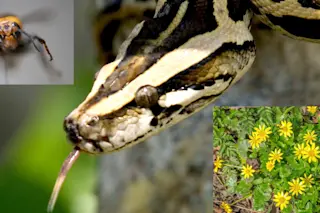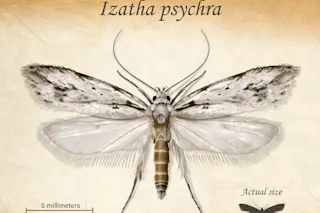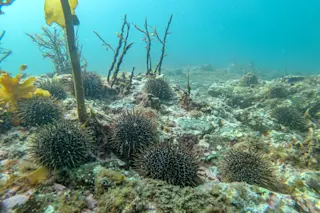Evolution has forged a tight alliance between East African acacia trees and several species of ant. The ants get a home--inside modified thorns called pseudogalls--and a source of food, produced for them by glands on the tree. In return, the trees are protected by the aggressive, biting ants--which can number in the tens of thousands--from other insects, and probably any hapless herbivore that dares to munch its leaves.
The trees, however, aren’t always well served by their dutiful guards. Acacias, like any flowering plant, rely on bees and other insects for pollination. But how do these bugs get through the tough defenses of the ant patrol? According to zoologists Pat Willmer of the University of St. Andrews in Scotland and Graham Stone of Oxford, they get a helping hand from the acacia tree itself.
Willmer and Stone studied the activity of pollinating insects and the acacia ant guards during flowering ...














